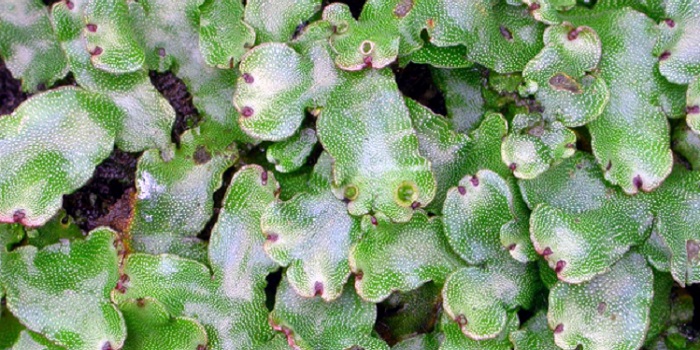
MarpoDB: An open registry for Marchantia polymorpha genetic parts
0 Comments
/
Marchantia polymorpha (a liverwort) is a living relative of the earliest terrestrial plants. As it has a simple genome and morphology and is readily transformable, it provides a good platform for synthetic biology (see https://www.openplant.org/marchantia/). Delmans et al. have designed an “engineering-oriented”…
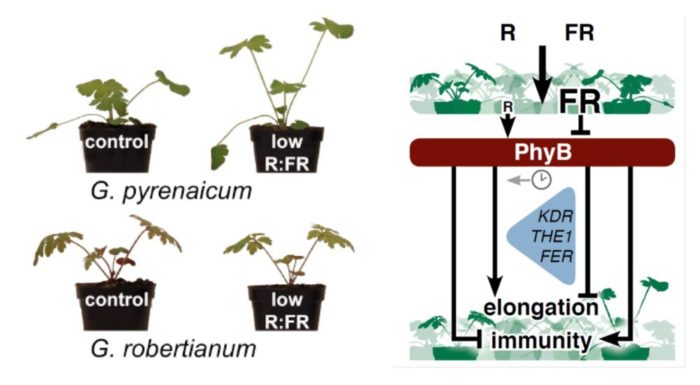
Contrasting phytochrome responses in wild plants
Shade avoidance syndrome (SAS) is a growth pattern in which stem and petiole elongation is stimulated in plants exposed to vegetative shade, as revealed through a low ratio of red to far-red light perceived by phytochrome; red light is absorbed by chlorophyll, leading to a far-red enrichment in light…
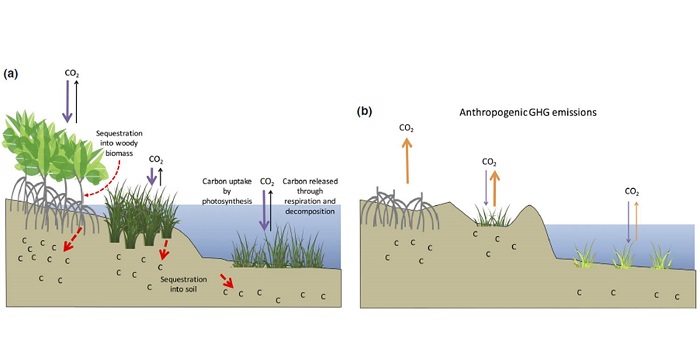
Review: Coastal wetland blue carbon
Coastal wetlands (mangroves, tidal marshes and seagrasses) are important carbon sinks, in both biomass and soils. Howard et al. describe and quantify the carbon flow through these different coastal ecosystems, and their potentials as long-term carbon sinks. Unlike the open ocean, these coastal ecosystems…
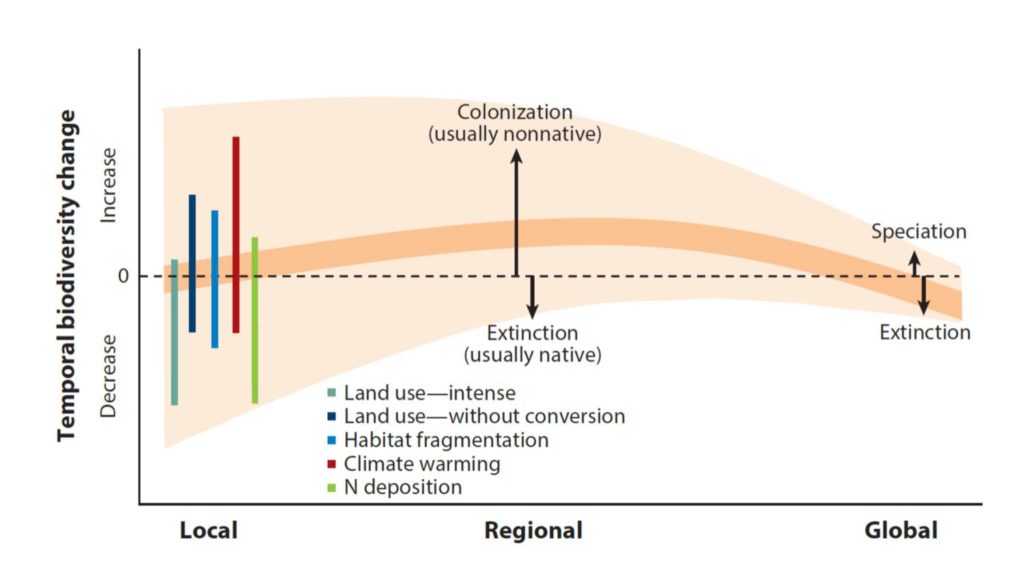
Review: Plant diversity change across scales during the Anthropocene ($)
We’re living in the Anthropocene, a term that reflects the profound impact of human activities on Earth’s geology and ecology. A hallmark of the Anthropocene is a decrease in biodiversity due to an increase in the rate of extinctions. Vellend et al. examine the plant diversity has been affected…

Exploring education resources focused on medicinal plants and ethnobotany
Medicinal plants, which the majority of people use to some degree for their health needs, provide a platform for engaging students in scientific inquiry. Straus & Chudler present an overview of online teaching resources focused on medicinal plants and ethnobotany. The sites highlighted provide a…
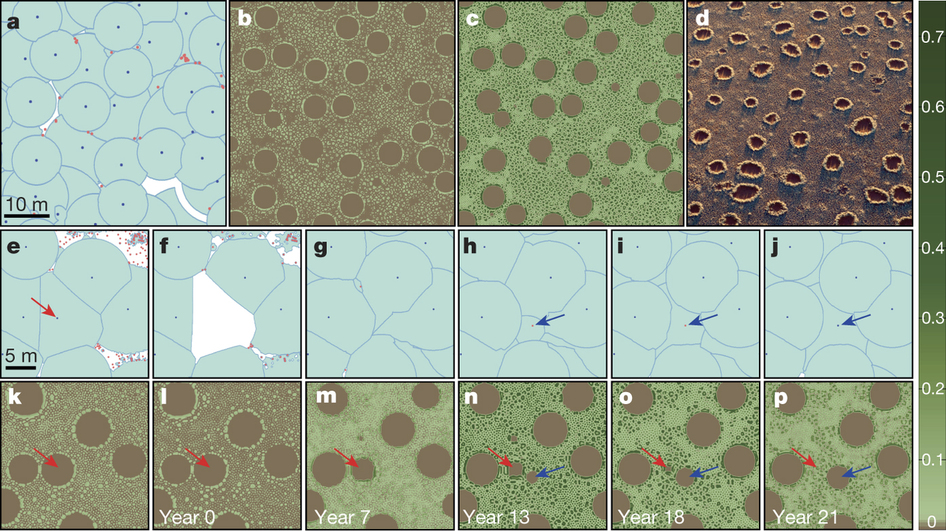
Origins of the regular vegetation patterns described as Namibian fairy circles ($)
For decades, scientists have debated the origin of the strange patterns of grass growth known as fairy circles in the Namibian desert. Photographs show a strikingly regular pattern circles of bare ground surrounded by a ring of grass. One hypothesis is that these patterns form due to the action of insects;…
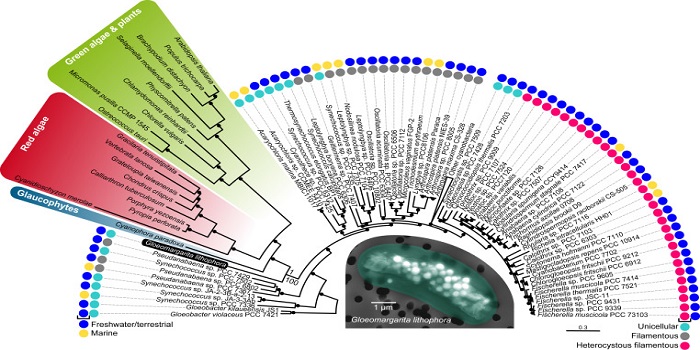
An early-branching freshwater cyanobacterium at the origin of plastids ($)
Plastids are derived from an ancient endosymbiosis of a cyanobacterium, but which cyanobacteria are plastid’s nearest living relatives? Ponce-Toledo et al. generated an extensive phylogeny comprising numerous cyanobacteria and plastid-bearing eukaryotes (glaucophytes, red algae and green algae). Their…

BotanyOnline: Shared learning-support resources for improving Botanical Literacy
Guest post by Rosanne Quinelle, an Associate Professor in the School of Life and Environmental Science at the University of Sydney, Australia.
Proficiency in any discipline requires exposure to both breadth and depth, where “breadth” is akin to acquiring the vocabulary and “depth” is akin…
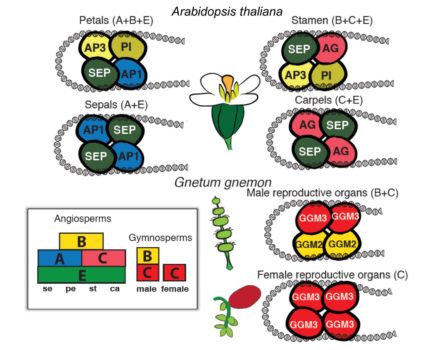
The origin of floral identity quartets
Where do flowers come from? Their sudden appearance and rapid radiation was described as an “abominable mystery” by Charles Darwin. Ruelens et al. examine the genetic toolkit that underpins reproductive organ formation in gymnosperms to uncover the origins of flowers (which they pragmatically describe…

